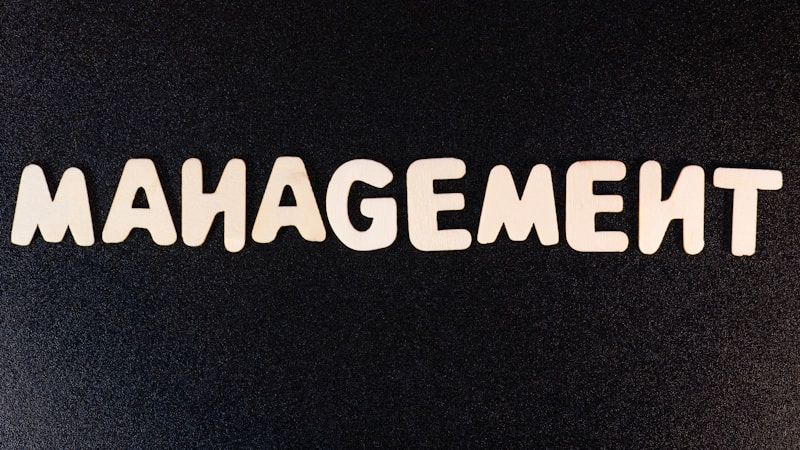9 Questions
What is a database?
A collection of data stored and accessed electronically
What is a database management system (DBMS)?
The software that interacts with end-users, applications, and the database itself to capture and analyze the data
What is the purpose of a primary key in a relational database?
To represent cross-table relationships
What is the difference between relational and non-relational databases?
Relational databases use tables with predefined relationships, while non-relational databases use flexible data structures like key-value pairs
What is the purpose of object databases and object-relational databases?
To solve the 'object-relational impedance mismatch' problem
What is the purpose of XML databases?
To allow querying based on XML document attributes
What is the purpose of NewSQL databases?
To provide the same scalable performance of NoSQL systems for online transaction processing
What is the purpose of backup and restore operations in database management?
To bring the database back to a previous state in case of errors
What is the difference between a conceptual data model and a logical data model?
A conceptual data model reflects the structure of the information to be held in the database, while a logical database model translates a conceptual data model into a schema that implements the relevant data structures within the database
Study Notes
Overview of Databases in Computing
-
A database is an organized collection of data stored and accessed electronically, with small databases stored on a file system and large databases hosted on computer clusters or cloud storage.
-
Databases are designed using formal techniques and practical considerations, including data modeling, efficient data representation and storage, query languages, security, and distributed computing issues.
-
A database management system (DBMS) is the software that interacts with end-users, applications, and the database itself to capture and analyze the data.
-
DBMS software encompasses core facilities provided to administer the database and the sum total of the database, DBMS, and associated applications can be referred to as a database system.
-
Database management systems can be classified according to the database models that they support, with relational databases becoming dominant in the 1980s, and non-relational databases becoming popular in the 2000s.
-
A database is a set of related data and the way it is organized, and access to this data is usually provided by a DBMS consisting of an integrated set of computer software that allows users to interact with one or more databases.
-
DBMSs provide various functions that allow entry, storage, and retrieval of large quantities of information and provide ways to manage how that information is organized.
-
Database servers are dedicated computers that hold the actual databases and run only the DBMS and related software, and DBMSs may be built around a custom multitasking kernel with built-in networking support, but modern DBMSs typically rely on a standard operating system to provide these functions.
-
Databases and DBMSs can be categorized according to the database model(s) that they support, the type(s) of computer they run on, the query language(s) used to access the database, and their internal engineering, which affects performance, scalability, resilience, and security.
-
The concept of a database was made possible by the emergence of direct access storage media such as magnetic disks, which became widely available in the mid-1960s, and the subsequent development of database technology can be divided into three eras based on data model or structure: navigational, SQL/relational, and post-relational.
-
The relational model, first proposed in 1970 by Edgar F. Codd, employs sets of ledger-style tables, each used for a different type of entity, and the use of primary keys to represent cross-table relationships, rather than disk addresses, aimed to ensure that each "fact" was only stored once, thus simplifying update operations.
-
Object databases were developed in the 1980s to overcome the inconvenience of object–relational impedance mismatch, which led to the coining of the term "post-relational" and also the development of hybrid object–relational databases.
-
The next generation of post-relational databases in the late 2000s became known as NoSQL databases, introducing fast key–value stores and document-oriented databases, and a competing "next generation" known as NewSQL databases attempted new implementations that retained the relational/SQL model while aiming to match the high performance of NoSQL compared to commercially available relational DBMSs.A Brief History of Databases
-
The relational database model was developed by Edgar Codd in the 1970s and was superior to the CODASYL model, leading to the development of SQL/DS and IBM Db2.
-
Larry Ellison's Oracle Database was based on IBM's System R papers and beat IBM to market in 1979.
-
Michael Stonebraker applied lessons from INGRES to develop Postgres, now known as PostgreSQL, which is used for global, mission-critical applications.
-
The entity-relationship model emerged in 1976 and gained popularity for database design as it emphasized a more familiar description than the relational model.
-
The 1980s saw the rise of desktop computing, with spreadsheets like Lotus 1-2-3 and database software like dBASE becoming popular.
-
The 1990s saw a growth in how data in databases were handled, with programmers and designers treating data as objects.
-
Object databases and object-relational databases attempt to solve the "object-relational impedance mismatch" problem.
-
XML databases allow querying based on XML document attributes and are mostly used in applications where data is viewed as a collection of documents.
-
NoSQL databases are fast, do not require fixed table schemas, avoid join operations, and are designed to scale horizontally.
-
NewSQL databases aim to provide the same scalable performance of NoSQL systems for online transaction processing.
-
Databases are used to support internal operations of organizations, underpin online interactions with customers and suppliers, and hold administrative information and more specialized data.
-
A database management system (DBMS) is a software system that enables users to define, create, maintain, and control access to the database. Examples of DBMS's include MySQL, MariaDB, PostgreSQL, Microsoft SQL Server, Oracle Database, and Microsoft Access.Overview of Database Management Systems
-
Organizations take security seriously to prevent security breaches like firewall intrusion, virus spread, and ransomware.
-
Database transactions provide fault tolerance and data integrity after recovery from a crash.
-
The migration of a database from one DBMS to another may be desirable for economic, functional, and operational reasons.
-
After designing a database, it is built with a general-purpose DBMS and populated with initial application data.
-
The database is maintained by changing database parameters, tuning performance, changing data structures, and adding application programs.
-
Backup and restore operations are done occasionally or continuously to bring the database back to a previous state in case of errors.
-
Static analysis techniques for software verification can be applied to query languages to support sound approximation techniques.
-
Other DBMS features might include DevOps for database, fine-grained access control, watermarking, etc.
-
The first task of database design is to produce a conceptual data model that reflects the structure of the information to be held in the database.
-
Logical database design translates a conceptual data model into a schema that implements the relevant data structures within the database.
-
Physical database design makes decisions that affect performance, scalability, recovery, security, and the like, which depend on the particular DBMS.
-
A database model determines the logical structure of a database and fundamentally determines how data can be stored, organized, and manipulated.
-
A database management system provides three views of the database data: external, conceptual, and internal views.
Test your knowledge on databases and database management systems with this informative quiz. Covering topics such as the history of databases, database models, and database management system features, this quiz is perfect for those looking to improve their understanding of computing. From the basics of data modeling to the development of NoSQL and NewSQL databases, this quiz will challenge your knowledge and expand your understanding of database technology. So, whether you're a beginner or an expert, take on this quiz and see how much you really know
Make Your Own Quizzes and Flashcards
Convert your notes into interactive study material.




